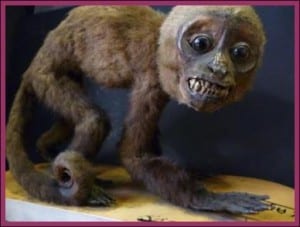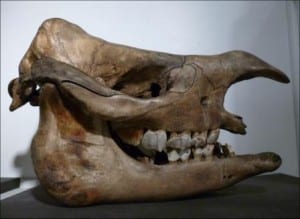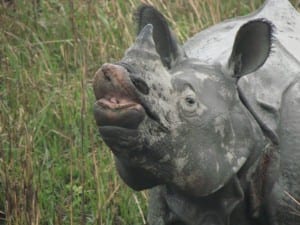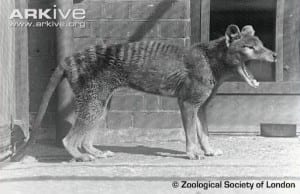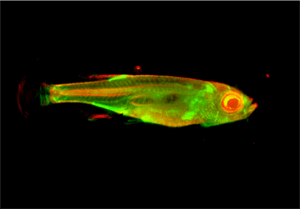 We have a few weeks to go for our current exhibition, co-curated with the Fish Facility here at UCL, exploring the role of zebrafish in scientific research. It’s in the Museum’s pigeon holes until we close for Christmas on 23rd December.
We have a few weeks to go for our current exhibition, co-curated with the Fish Facility here at UCL, exploring the role of zebrafish in scientific research. It’s in the Museum’s pigeon holes until we close for Christmas on 23rd December.
George Wigmore from UCL Communications came along to give a write-up of the installation on the UCL Evens Blog – it begins…
“Related to the much-maligned minnow, many are unaware that zebrafish are in fact one of the giants of the genetics world. While more-well known, and controversial, model organisms continue to dominate the limelight, the humble zebrafish continues to plod along in the background. But a current exhibition at UCL’s Grant Museum on zebrafish and their role in science aims to change all that.
Well-understood, easily observable, and with many similarities to mammalian physiology, it should be no surprise that zebrafish studies have resulted in such a huge number of advances in a plethora of different fields. Ranging from development biology, to toxicology and evolutionary theory, its composition makes it an ideal model organism for studies of vertebrate development and gene function.”
Read the rest here…
Image credit: Dr Paul Frankel, UCL Division of Medicine and Ark Therapeutics plc and Professor Paul French, Photonics Group, Physics Department, Imperial College London
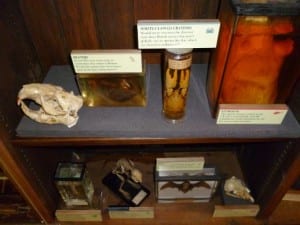 Should species like red squirrels be protected in England when they are common in Europe?
Should species like red squirrels be protected in England when they are common in Europe? Close
Close




